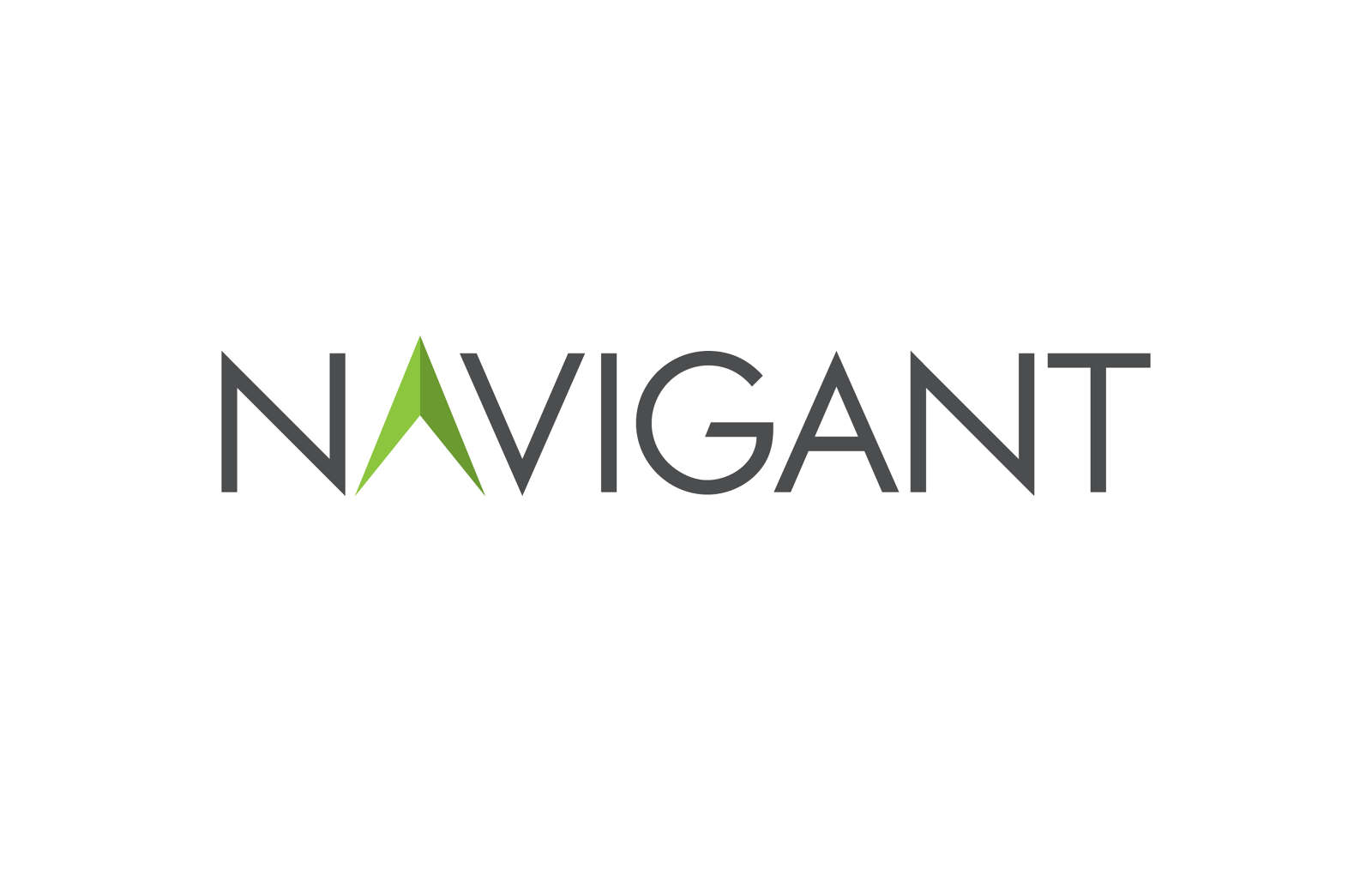From 2015 to 2019 climate change action was characterized by raising ambition, setting targets, and sharing best practices. The new decade will transition from characterizing these actions, to implementing solutions and targeting specific climate goals. Through their experience with international clients, the Navigant Sustainability Solutions team has identified the following five emerging climate trends:
- Science will be more rigorous and there will be less time to actWhile current climate science restates what has been known for decades, the IPCC 1.5°C Special Report brought the urgency of climate change to the mainstream. Alexander Farsan, global lead for science-based targets at the World Wildlife Fund said, “The IPCC Special Report was a wake-up call for the global economy. There is an urgent need to step up ambition in order to meet the goals of the Paris Agreement and avoid devastating global warming.”In response, the Science-Based Targets initiative (SBTi) is introducing major updates to help companies set greenhouse gas (GHG) emission reduction targets consistent with the most ambitious aim of the Paris Agreement. This will limit average global warming to 1.5°C by the end of the century compared to pre-industrial temperatures.
- New targets submitted for validation will only be accepted if they are consistent with limiting warming to well-below 2°C or 1.5°C above pre-industrial levels.
- Ambition level for all targets will be published on the SBTi website, and classified under one of three categories: 1.5°C, well-below 2°C, or 2°C.
- By 2025, companies will be required to review, and if necessary revalidate, their targets every five years from the date of the original target approval.
- Communities will work to avoid economic consequences and manage stabilityA National Oceanic and Atmospheric Administration report indicated that in 2018 natural disasters cost the U.S. $91 billion, and, since 1980, the U.S. has sustained $1.6 trillion in losses due to natural disasters. Financial impacts from natural disasters are only expected to increase as evidenced by a United States Geological Survey report that states, “by the end of the century a typical storm could expose about $100 billion in property to damages,”(this references California alone).San Antonio Climate Ready is an exceptional example of community action, led by the City of San Antonio, CPS Energy, the University of Texas at San Antonio, and Navigant. It is a draft climate action and adaptation plan that includes strategies for reducing the city’s emissions in line with the Paris Climate Agreement and adapting to the effects of climate change. It is currently in public discussion. “While climate change is a global issue, the causes and effects are experienced at the local level,” said City of San Antonio Chief Sustainability Officer Douglas Melnick. “The strategies outlined in this plan will have multiple benefits to our community’s quality of life, economic competitiveness, and resilience.”
- Investors will treat climate issues as fundamental issuesThe world’s largest asset owners are transitioning their thinking around risk and encouraging long-term thinking about environmental, social, and governance issues. Following the Global Alliance for Banking on Values (GABV) Summit in early March 2019, 26 GABV members, with combined assets of $153 billion, committed to track and monitor the carbon impact of their portfolio and investments within three years.Peter Blom, chair and co-founder of GABV said, “This enables [banks] to make financial decisions that limit the impact of the emissions of their financed assets, so they can keep their contribution within safe environmental levels, helping to safeguard the environment for future generations.”
- Buying clean energy will be cheaper, easier, and more commonAs of October 2018, U.S. corporate buyers announced contracts for 4.81 gigawatts of renewable energy and are currently on pace to top five gigawatts by the end of this year. This sets the new single-year recordfor the U.S., surpassing the previous record of 3.12 gigawatts set in 2015.As companies and cities continue to commit to 100% renewable energy goals and increase their renewable energy purchases, the opportunities will continue to expand, making the process cheaper and easier for others. At the end of 2018, Microsoft and REsurety announced the development of a Volume Firming Agreement (VFA) which serves to de-risk corporate purchasing power agreements.
- Suppliers will follow the leadersAs large companies begin to hit target goals they will begin to ask suppliers to also be more sustainable, as already evidenced in notable supply chain initiatives including, Walmart’s Project Gigaton, CO2 Performance Ladder, and the CDP Climate Action Reserve. However, a couple key questions remain, will these yield results by 2030 and will this engagement motivate suppliers to change behavior without recognition and rewards?Over the next decade, institutions will feel more internal and external pressure to go beyond setting targets. The changing climate is a serious concern, however, Navigant’s Sustainability Solutions team remains optimistic that subnational and non-state actors will step up, and respond to the significant problems while embracing new opportunities. We look forward to working alongside our clients during this important transition.
Discuss the trends that will help shape this new decade with our team at the Climate Leadership Conference in Baltimore.
By Associate Director Matthew Banks, Associate Director Danielle Vitoff, Associate Director Andrea Romano; Navigant – SPONSORED CONTENT

